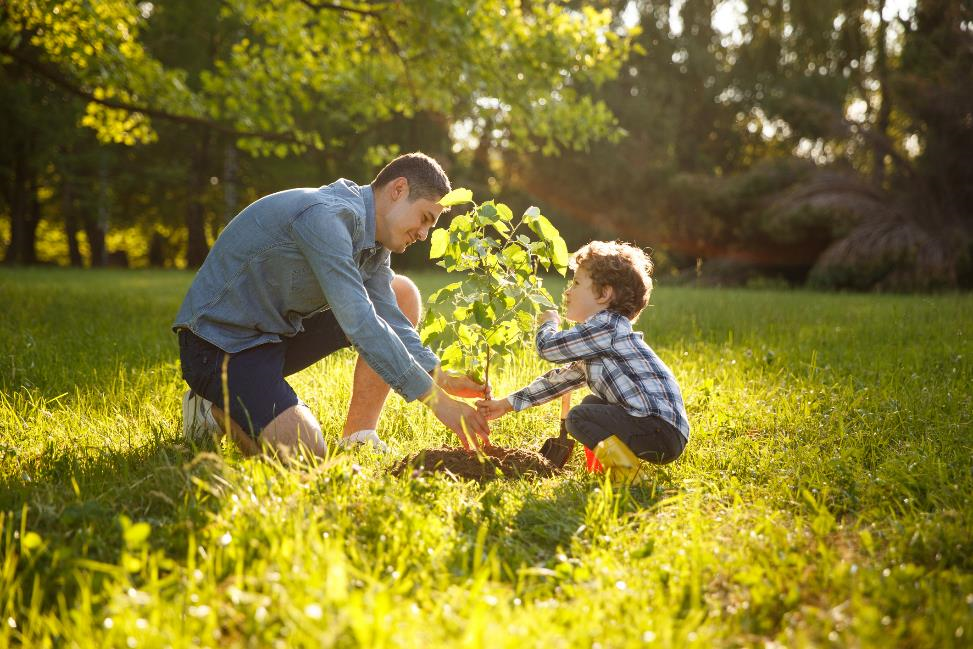For those of us living in regions with distinct seasons, trees’ sprouting buds are certainly a welcome sight after a long winter. While you wait impatiently for their lush greenery and the sound of leaves rustling in the breeze to return, you might wonder how trees actually grow. The gardening experts at Jobe’s explain the science behind leaf production.
Surviving the Winter
Over the winter, trees may appear lifeless. However, most are actually just dormant, similar to the way that animals hibernate. Dormancy allows trees to escape the harsh realities of winter – specifically, the biting cold and lack of moving water – and hold off on growth until spring returns. Falling leaves are part of this survival process. Shorter days and cooler weather act as cues for trees to start shedding their leaves for the coming winter.
Trees’ Internal Clocks
Tree cells are contained within something called a meristem, a plant tissue where leaf growth begins. The meristem signals to leaves that they should start growing; trees are usually smart enough to know when spring has truly sprung. They aren’t often fooled by the occasional warm day. In fact, long-term exposure to cold is necessary, as it triggers a set of responses to create the internal conditions for bud break.
Each species has its own unique timetable. So, although their methods aren’t foolproof, trees usually don’t start budding until the threat of frost is over. Conversely, trees know when to start prepping for winter by causing their leaves to fall to the ground. The meristem lets the tree know it’s time to create small buds covered in scales in preparation for the coming cold.
Helping Your Trees Grow
A tree’s lines of communication are amazingly effective. They’ve helped these organisms adapt to changing conditions over time. From triggering leaf growth to knowing exactly when to drop leaves or break bud, trees have complex, intelligent systems in place to ensure their survival.
To help sustain growth and health, feed your trees every spring and fall with appropriate nutrients. Jobe’s offers a complete line of synthetic as well as organic fertilizer spike options carefully formulated for different tree species.
Count on Jobe’s and Jobe’s Organics. The heritage you know. Innovation you can trust. Results you can see.
